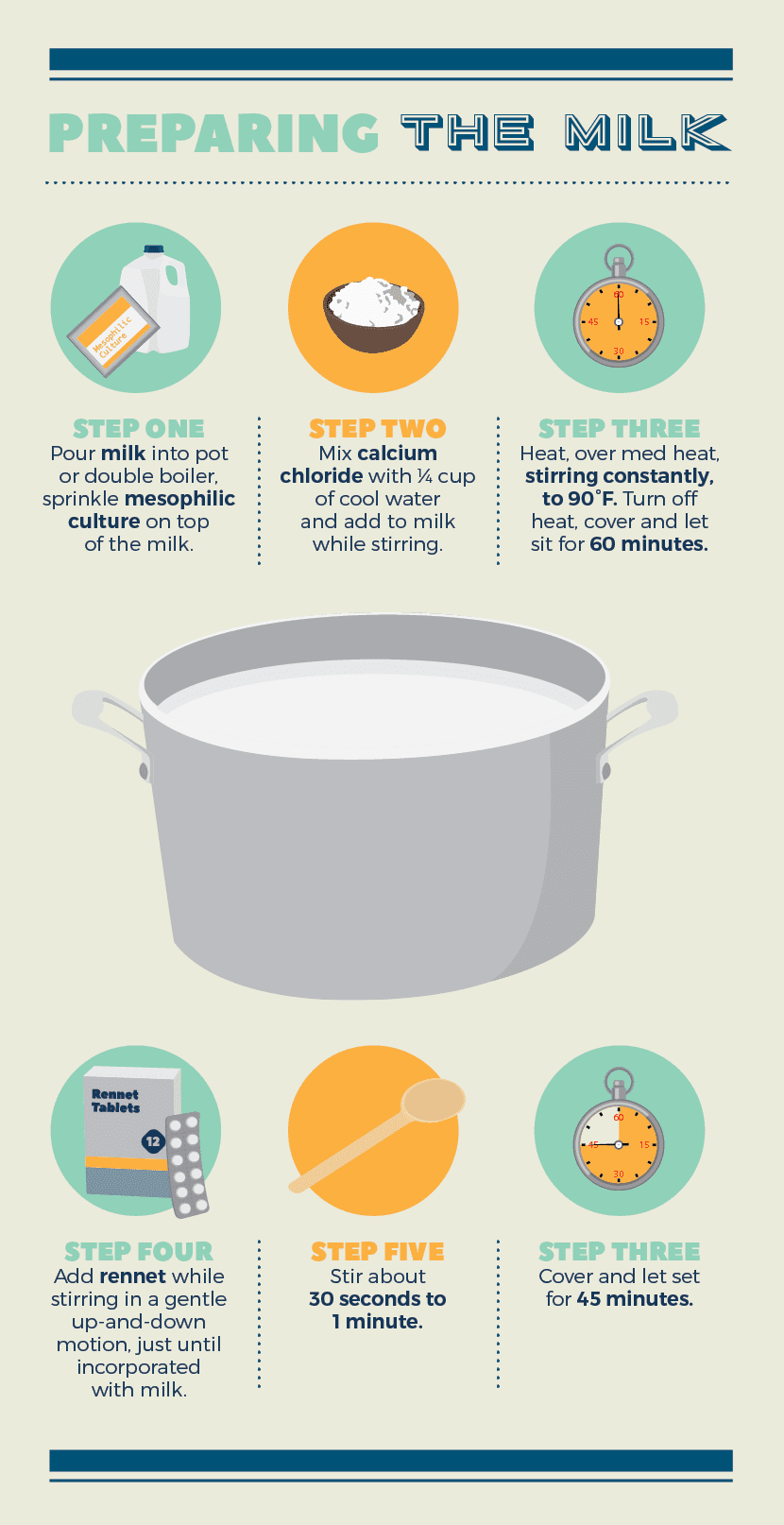

The distinctive flavor, texture and aroma of sheep cheese tickles many palates and lactose intolerant cheese aficionados can usually digest sheep-milk cheeses. About 100 million sheep (one-tenth of the world’s population) are milked, and much of that milk goes into cheese. And process goat curds with a gentle hand.Īlthough dairy sheep are scarce in North America, globally that’s not the case. Goat milk curds are delicate, so lower the heat five degrees when using recipes tailored for cow milk.

Goat milk lacks carotene, the substance that gives cow milk its yellow hue, so unless you add coloring, goat cheeses are invariably white. Their tart, tangy flavor is appealing and unique. And best, it’s readily available.īecause goat milk is naturally homogenized, goat cheeses are easy to digest. One gallon of cow milk yields roughly two pounds of soft cheese or one pound of hard. Cow milk produces a firm, easy-to-work-with curd. Most cheesemaking recipes assume you’ll use cow milk, but with minor modifications, you can usually substitute goat or sheep milk. The milk you choose can be homegrown or store-bought, pasteurized and homogenized, or not, whole or skimmed, and the product of cows, goats or sheep.

You will need milk for all cheese making endeavors. It depends on who makes the cheese-and that could be you. Feta can be fashioned of sheep or goat’s milk, Mysost can be soft to semihard. Semisoft: Baby Swiss, Butterkase, Mysost.Very Soft: Mascarpone, Neufchâtel, Fromage Blanc.Water Buffalo: Mozzarella di Bufala, Borelli, Toma.Sheep: Pecorino Romano, Manchango, Roquefort.Quick aged: Farmhouse Cheddar, Camembert, Haloumi.Fresh: Cottage, Ricotta and farmer cheeses.Cheeses are classified in a number of ways: The USDA bulletin “Cheese Varieties and Descriptions” catalogs 400 varieties of cheese, but far more exist. During the Middle Ages monks began perfecting many of the cheeses we know today.Ĭheese making is a relatively simple process that involves the curdling of milk to separate curds (those milky white clumps in ricotta and cottage cheeses) and whey (a clear to yellowish, watery fluid used to make whey cheese).įollowing a specific recipe is the key, but understanding the basics before getting started will simplify the process for you. The first European cheese, quark, is described in records dating to 3 B.C.E. Hard cheeses were a Roman export commodity and they comprised, along with crusty bread, a goodly portion of a Roman legionnaire’s daily rations. The Romans enjoyed an enormous selection of cheeses, among them curd, soft, hard, smoked and salted varieties, frequently peppered with a plethora of herbs and spices. The caseale, or cheese kitchen, was a fixture in Roman villas. In the eighth century B.C.E., Homer mentions cheese in his epic poem, “The Odyssey.” Olympic athletes grew fleet and brawny on a mostly-cheese diet. Ancient Egyptian murals depict cheese and buttermaking, and cheese is mentioned in the Old Testament. We know it was a favorite of the Sumerians by 4000 B.C.E. Starting with a little history.Īrcheologists believe goat cheese was “invented” around 6000 B.C.E. While cheese making a fairly simple process, it helps to learn the basics before you begin.


 0 kommentar(er)
0 kommentar(er)
